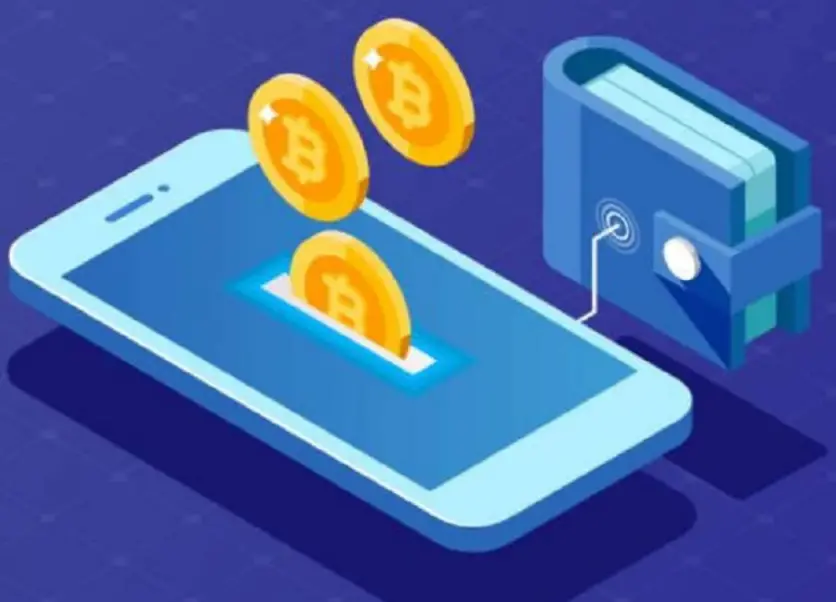Ethereum Burning: Understanding the Mechanism Behind Token Destruction
Ethereum, the second-largest cryptocurrency by market capitalization, is known for its continuous efforts to enhance network efficiency and security. One such mechanism employed by Ethereum is “burning” tokens, a process that involves permanently removing cryptocurrency from circulation. In this blog post, we will explore how Ethereum burning works, why it is used, and the potential impact it has on the Ethereum ecosystem.

What is Token Burning?
Token burning, also known as coin burning, is the deliberate and irreversible removal of cryptocurrency tokens from circulation. Instead of sending tokens to a designated address or wallet, they are “burned,” effectively reducing the total supply of the cryptocurrency.
Why Ethereum Uses Burning?
Ethereum implements token burning for various reasons, each contributing to the platform’s efficiency and value proposition.
Transaction Fees:
Every transaction on the Ethereum network incurs a gas fee, payable in Ether (ETH), the native cryptocurrency of the platform. These fees are typically collected by miners or validators as a reward for processing transactions. However, with Ethereum’s EIP-1559 upgrade, a portion of the gas fees is burned, reducing the total supply of Ether. This mechanism aims to make gas fees more predictable and help control inflation.
Scarcity and Value:
By reducing the total supply of tokens, burning can potentially increase the scarcity of the cryptocurrency. As the supply decreases, assuming demand remains constant or increases, the value per token may rise. This phenomenon is especially relevant for deflationary cryptocurrencies designed to appreciate in value over time.
Removing Unsold Tokens:
In some cases, token burning is employed to remove unsold tokens from initial coin offerings (ICOs) or token sales. By eliminating excess tokens, issuers can manage token supply more effectively and maintain value for existing token holders.
Coin Swap or Migration:
During token migrations or upgrades, projects may choose to burn the old tokens to facilitate a seamless transition to a new smart contract or blockchain. Burning ensures that the old tokens become obsolete and unusable.
- The Mechanism of Burning: The process of token burning is typically integrated into the smart contract governing the cryptocurrency. When tokens are burned, they are sent to an address that has no private key, making it impossible to retrieve the tokens or reverse the transaction.
- The Impact on Tokenomics and Users: Token burning has implications for the tokenomics of a cryptocurrency and the experiences of users and investors.a. Supply Reduction: By reducing the total supply of tokens, burning can create scarcity, potentially leading to increased demand and token value.b. Investor Confidence: Burning tokens can signal to investors that the project is committed to managing token supply and maintaining value over time.c. Transaction Efficiency: In the case of Ethereum’s EIP-1559 upgrade, burning gas fees can lead to more predictable and manageable transaction fees, benefiting users and developers.
- Limitations and Considerations: While token burning offers various benefits, it is not a panacea, and its impact may vary depending on the specific use case. Overburning, for instance, could lead to unintended consequences, affecting the ecosystem’s dynamics.
Conclusion:
Ethereum burning is a powerful mechanism used to enhance network efficiency, manage token supply, and signal commitment to value preservation. By removing tokens from circulation, token burning contributes to Ethereum’s economic model and can have positive implications for token value and investor confidence. As the Ethereum ecosystem continues to evolve, token burning and other innovative mechanisms will shape its growth and potential impact on the broader blockchain landscape. However, careful consideration of the potential implications is necessary to ensure that token burning aligns with the long-term goals of the project and its community of stakeholders.